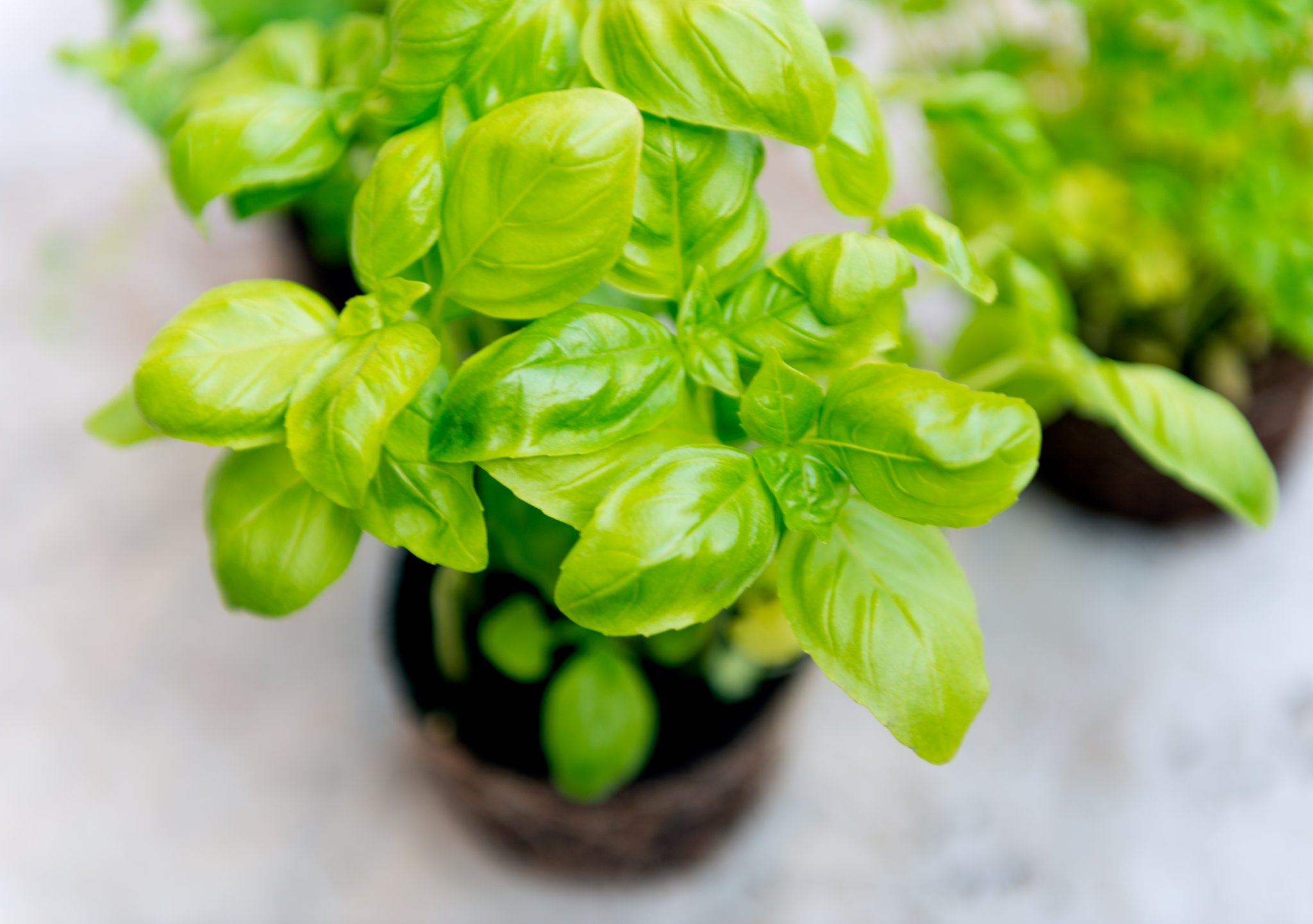

The height for all four cultivars increased with temperature up to 84☏. Plant height was also affected by temperature. This photo was taken three weeks after placing plants into treatments. ‘Holy’ basil grown at constant air temperatures ranging from 52☏ to 95☏ in environmental growth chambers. As temperature increased above 85☏, we saw delayed or no flowering (see Figure 1) as a result of heat delay.įigure 1. As temperatures increased, flowering increased to nearly 100% at 73☏ and 84☏. There was little to no sign of flowering at 52☏, and we attribute this to slow development rates due to low temperatures. Holy basil and ‘Lime’ lemon basil were flowering by the end of the study in some, but not all, of the temperature treatments.

Sweet basil did not flower in our experiment in any of the temperature treatments. While not of primary interest to herb producers, we did notice some variation in flowering across the different basil cultivars. However, for all cultivars, both the final weight and rate (ounces per day) decreased as temperatures went from 84☏ to 95☏. All the cultivars had a similar response to sweet basil, with growth increasing as temperature increased. Similarly, the rate of increase in fresh mass for sweet basil increased by 0.05 ounces per day as temperature increased from 52☏ to 84☏. For example, at the end of the experiment, sweet basil grown at 84☏ weighed an ounce more than plants grown at 52☏. The rate of growth, or increase in weight, increased as temperature increased for all four of the basil cultivars used in our study. Increasing Air Temperature Enhances Basil Growth Additionally, we measured fresh and dry mass of the basil shoots. Three weeks after transplanting, we counted the number of plants with flowers and measured height, node, and branch number. Fluorescent lights inside of the growth chamber provided light for 16 hours per day.

In between fertilizations, plants were irrigated with clear water without leaching. Plants were fertilized thoroughly once per week with a solution containing 200 ppm nitrogen from a 15-5-15 fertilizer containing micronutrients. A Closer Look at New Leaders at Dramm, Fine Americas, Source.Ag


 0 kommentar(er)
0 kommentar(er)
